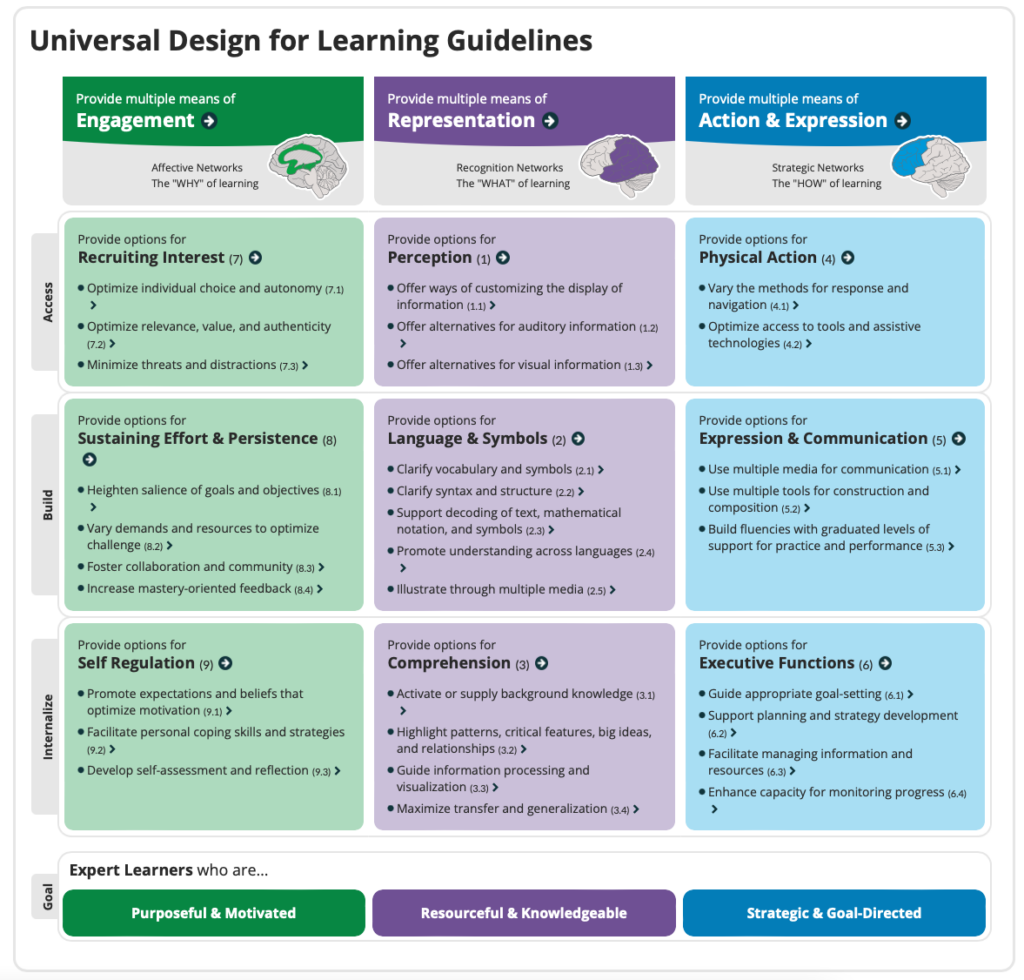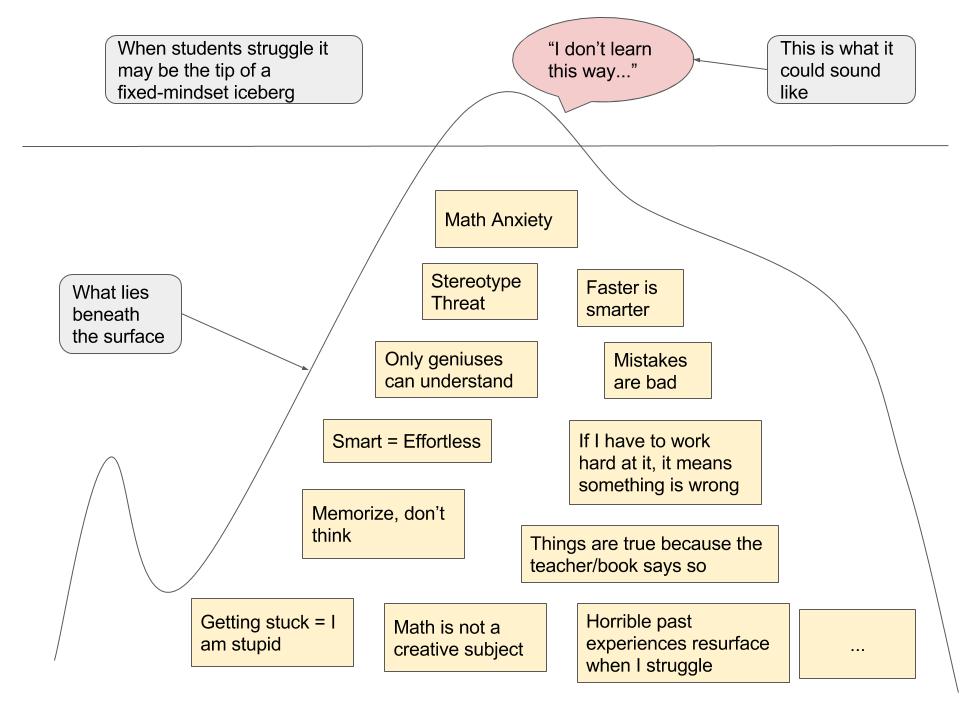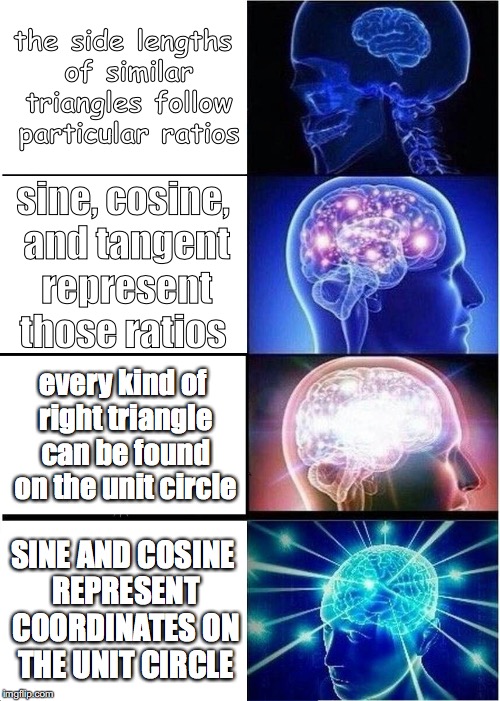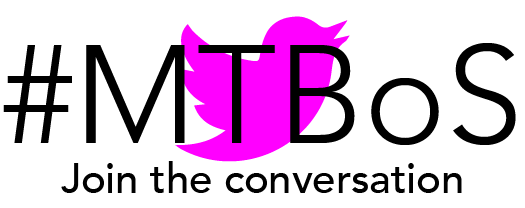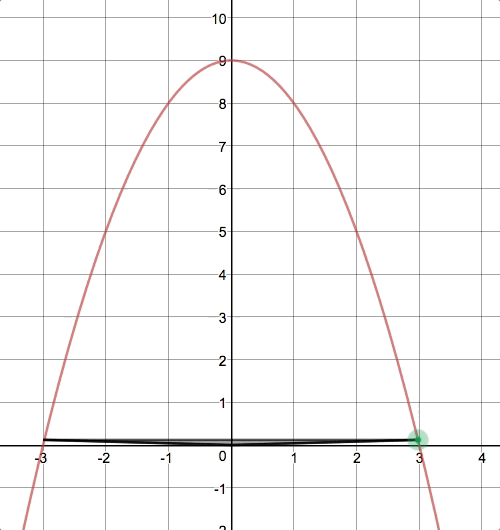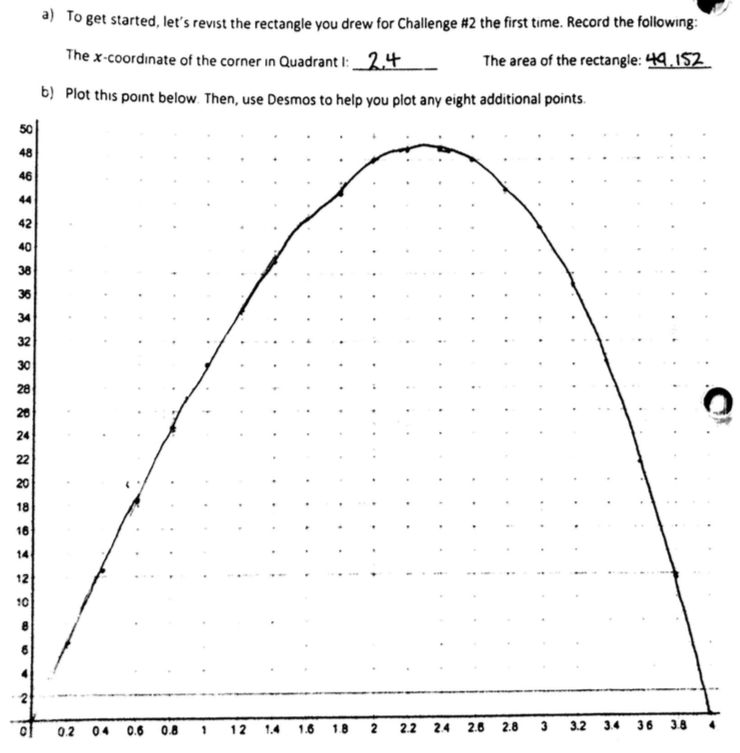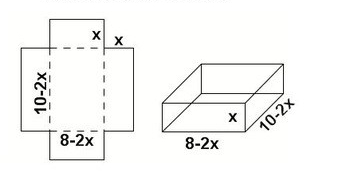(I wrote most of this post before the school year started but didn’t get around to publishing—using the end of winter break to finish it off!)
I’ve been teaching pretty much non-stop since I started in 2012. Every summer I’ve been an instructor at a couple different summer academic programs (a.k.a. nerd camps). But this summer, I took a break from teaching to work on a master’s program in educational leadership. This meant taking five classes in six weeks:
- Negotiations
- Ethics & Education
- Private School Leadership
- Instructional Leadership
- Research Methods in Education
Key learnings
Negotiations
Pearls of wisdom
- You can build or lose trust with very, very few words. Pay careful attention to the messages you signal to others by the details you choose to share about yourself. What do you emphasize, and how is that received?
- An excellent negotiator creates value for everyone while protecting their own interests.
- Attend to process—every negotiation has one, regardless of whether it is stated explicitly.
- Time is one of the most critical aspects of negotiation. Life is timed and open-book. Time pressure can be a major enemy to a successful negotiation, so a good first move is to pause and consider process.
- Too often, we focus on our positions rather than our interests. Always look for ways to reframe the problem.
- It is important to prepare for negotiations and difficult conversations.
- There are many techniques for blocking questions, such as changing the subject, over- or under-answering, answering only the helpful part, deflecting with humor, responding with a probing question, or ruling the question out of bounds. To get an answer, ask four questions about the same thing, since most people can only block once or twice.
Tensions in a negotiation
- Creating vs. distributing value
- There is a pervasive cultural assumption that negotiations are win-lose, with an adversarial relationship between parties.
- Empathy vs. assertiveness
- Our culture frequently holds these as contradictory, but they are better thought of as orthogonal. We should strive to both advocate for our own interests while seeking to understand the other person’s interests. Making your needs known is key—this invites the other person to problem-solve with you.
- Principals vs. agents
- In a school setting, many different actors can try to claim to be the agent acting on behalf of the principal (the student).
- Being yourself vs. playing an institutional role
Difficult conversations
- You don’t have to agree with another person’s story, but you do have to understand it.
- Attend to your own feelings and decide if you want to share them. Make sure to anticipate others’ feelings and which might be hard to hear. (For example, hearing disappointment can be very challenging.)
- Intentions can be positive, negative, or neutral. When you’re only perceiving negative intentions, brainstorm neutral or positive intentions that could be underlying the other person’s actions.
- It’s critical not to conflate your work identity with your personal identity.
Ethics & Education
Pearls of wisdom
- Case studies are an immensely powerful tool for identifying our values and drawing out our hidden assumptions as educators.
- Studying ethics helps us understand why there is conflict and misunderstanding around decision-making in schools.
- There is a key difference between reading a text to recover meaning (the “hermeneutics of recovery”) versus comparing it against an existing theory (the “hermeneutics of suspicion”)
- The more we understand the nature of social power, the more we can understand human practices and thus change our actions, and moral agency becomes increasingly possible.
Private School Leadership
Pearls of wisdom
- There’s an inherent tension in the model of “leader as learner”: if I still have so much to learn, how could I possibly think I’m ready to lead? This is normal.
- Personal transformation is part of change leadership. If we can’t change, our schools can’t change!
- Culture eats strategy for breakfast.
- A useful metaphor for learning and growth is thinking about “maps and compasses.” When we operate using a map, we have clearly defined goals and the process feels comfortable. With a compass, we can go off the beaten path but there is more discomfort with the process.
- The shift to thinking about adults as learners is fairly new in schools (~last 15 years), and especially independent schools.
- It’s important to explore what it means to be a listening leader. Consider there ways in which listening is both a situated (i.e., context matters) and a fully embodied practice.
- In decision-making, schools seek coherence, not consensus.
- A soundwalk can be a valuable tool for understanding the life of the school in a new way by allowing you to pick up on what often goes unnoticed. Learning walks are a related tool to keep the pulse on the day-to-day. You can ask yourself:
- How did I hear the mission of the school? What did I hope to hear?
- What is the heard culture? The hidden culture?
- What affirms or contradicts school values?
- When analyzing a text, ask yourself:
- What assumptions is the author making?
- What do I agree with?
- What do I find myself wanting to argue with?
- What could I aspire to?
- An excellent question to ask of any group of people is, “What went well?”
- When introducing a new tool (such as the creation of an asset map) and folks are asking, “Is this right?”, it can be useful to offer the reframe, “Was this useful to you?” to emphasize that it’s not about following a formula, but about identifying and helpful practices and personalizing them.
- There’s a difference between task leadership and social-emotional leadership. Both are critical components of change leadership, because there’s a gap between wanting change and actually going through with it.
- There’s value in unfinished work—see the body of scholarship studying unfinished artwork.
- When building out new structures, you need to establish rapport, which comes from presence and consistency.
- Projects and core organizational change are managed very differently. But both need a vision and an elevator pitch others can echo.
- As a leader, every word you use matters. For example, start with “anti-bias” if folks can’t hear “anti-racist.” It’s not cowardice, it’s a plan for moving to the next level of good.
- When walking into a difficult meeting, pause to consider your purpose and how you intend to conduct yourself.
Instructional Leadership
Pearls of wisdom
- It’s crucial to distinguish between “effort” and “effective effort.” We have to explicitly teach what the latter looks like inside and outside of class.
- Most schools are not set up to promote long-term learning.
- When asked to reflect, most people just describe or narrate what happened. We have to explicitly teach what meaningful reflection looks like. People learn from reflection on an experience, not the experience itself. This is because memory is the residue of thought (see Daniel Willingham’s writing).
- Feedback given to students is only useful insofar as students engage with it to increase their level of understanding.
- The reason looking over notes is ineffective is because you’re recognizing, not retrieving. We can think about forgetting as retrieval failure.
- Struggle is key to deep, enduring learning. However, struggle brings up emotion, and we have to attend to it. First, we need to build up a culture of trust and intentionality.
- Forgetting is essential to learning. We need to remind students that this is a normal part of the process. Re-learning goes much more quickly and reinforces those connections.
- A great interview question is, “If you ran the new teachers program, what three principles of learning would you make sure everyone grasped?”
- Put the big ideas of a course out early, then provide spaced practice and interleave them.
- Expertise is not gained simply through hours spent—it’s about deliberate, effective effort.
- When planning for class, practice taking each individual student’s perspective rather than the students’ perspective as a whole.
- In terms of feedback, we should be giving baseball cards (with have multiple measures), not grades!
- Design lessons to require students to construct meaning for themselves. (See the memory demonstration described here.)
- Effective feedback doesn’t change the underlying product (external). It changes the learner’s understanding (internal).
Questions to ask students
- What did we learn yesterday?
- What are the most important ideas you will be tested on?
- What for you is worth remembering?
- What would I ask you if you were stuck in class?
- What would I ask you if I were there with you? (reflective question for students to consider while working on homework)
Metacognitive questions
- What do I do when I’m stuck?
- How does this connect to prior knowledge or past experience?
- What alternative approaches are available?
- How do I know that I understand?
- What am I noticing? What am I wondering?
- If I were to do this again, what would I do differently?
- How effective was my planning and my effort?
- When did I pause to evaluate how I was doing?
Research Methods in Education
Pearls of wisdom
- In general, we are not sufficiently critical of summaries of educational research.
- (sorry, ran out of time!)
Readings to revisit
Beyond Winning. The chapters specific to lawyering can be skipped.
Source: Mnookin, Robert H. Beyond Winning Negotiating to Create Value in Deals and Disputes. Harvard: Harvard University Press, 2004.
Difficult Conversations. This is worth rereading a chapter or two every month.
Source: Stone, Douglas, Bruce Patton, and Sheila Heen. Difficult Conversations: How to Discuss What Matters Most. Yuan Liou Publishing, 2014.
Epistemic Injustice: Power and the Ethics of Knowing. The concept of “testimonial injustice” is useful for naming systems in which marginalized individuals’ voices are met with doubt and disbelief. The first chapter of Fricker’s book very carefully builds up definitions along with examples and non-examples. I’d like to read the rest of this book where she develops the idea of testimonial justice.
Source: Fricker, M. (2011). Epistemic injustice: Power and the ethics of knowing. Oxford: Oxford University Press.
Caring: A Feminine Approach to Ethics & Moral Education. In the first chapter of this book (“Why Care About Caring?”), Noddings develops the concept of “care ethics.” Whenever I get bogged down in the details of math pedagogy, this chapter will be an important resource for humanizing the process of education and our students’ needs as human beings.
Source: Noddings, N. (2003). Caring: A feminine approach to ethics & moral education. Berkeley: University of California Press.
Democracy and Education. In the chapter “Education as Growth,” Dewey names a mechanism through which much of the deficit thinking about children and adolescents arises. When we think about students as unfinished adults, we necessarily close ourselves off to the powers and strengths unique to young people. This chapter is worth rereading every year.
Source: Dewey, J., & Boydston, J. A. (2008). The middle works, 1899–1924. Carbondale: Southern Ill. Univ. Press.
Educator Competencies for Personalized, Learner-Centered Teaching. This resource enumerates and unpacks the skills, understandings, and dispositions teachers need to enact student-centered practices. I’ve previously focused on making sense of the instructional and cognitive competencies, and this report also dives into the interpersonal and intrapersonal dimensions of student-centered teaching. I could see myself using this to ground myself as I analyze the competencies that are present in myself and the educators I’m working with.
Source: Jobs for the Future & the Council of Chief State School Officers. 2015. Educator Competencies for Personalized, Learner-Centered Teaching. Boston, MA: Jobs for the Future.
Leadership for Increasingly Diverse Schools. An equity audit can be used to identify and address issues concerning proportional representation in various areas of the school. The suggested timeline for accomplishing goals is about three years, and it’s crucial to link these goals to student learning. This tool provides a clear structure for meeting a particular type of school-based inequity head-on.
Source: Theoharis, George, and Martin K. Scanlan. Leadership for Increasingly Diverse Schools. Routledge, 2015.
Organizational Culture and Leadership. The opening chapters from this resource pushed my understanding of organizational culture forward by laying out three levels of culture. I particularly appreciated the explanatory power of invisible but deeply influential underlying assumptions when we encounter structures and behaviors that don’t align with our publicly stated beliefs. I could see myself appealing to the lily pond metaphor to explain this idea to others who are invested in change. I’d like to read more out of this.
Source: Schein, Edgar H. Organizational Culture and Leadership. 5th ed., Wiley, 2017.
Dilemmas of Educational Ethics: Cases and Commentaries. Our ethics professor suggested we read this. Reading and thinking through case studies was one of my favorite activities of the class, so I’m looking forward to reading this.
Source: Levinson, Meira, and Jacob Fay. Dilemmas of Educational Ethics: Cases and Commentaries. Cambridge, MA: Harvard Education Press, 2016.
Practices to implement
Visible random groupings.
Retrieval practice.
Spaced practice.
Interleaving.
Connecting to prior knowledge.
Coaching. By offering help to my advisees in a non-directive way, I can honor their autonomy and ability to solve their own problems. There’s a toolkit I can use that focuses on the now and the future and spends more time on the values, wants, passions, and motivations of the person I’m working with. This is more effective than jumping right into the logical and logistical domains. I can also practice asking more “what” than “why” questions to keep the focus on coaching the person, not the problem.
Sharing hopes/fears anonymously.
Listening walks. Slow down in the hallways.
Teaching metacognitition explicitly.
Teaching executive functioning skills explicitly. For example, have everyone write on an index card the “movie script” of how they did their homework. Where were they physically? What time was it? Where was their phone? What resources did they use? Collect, shuffle, and redistribute the cards. In groups, compare the approaches. Share out the ones that sounded most effective.




